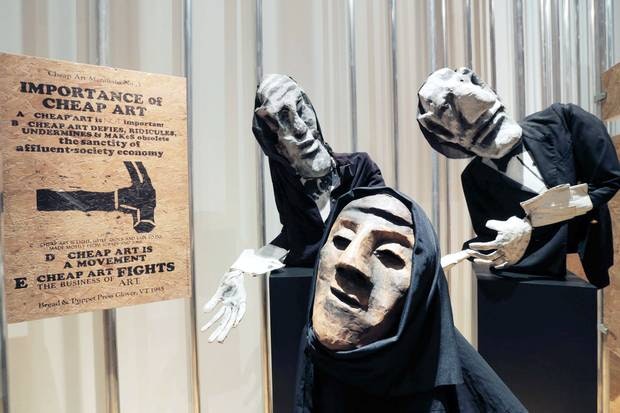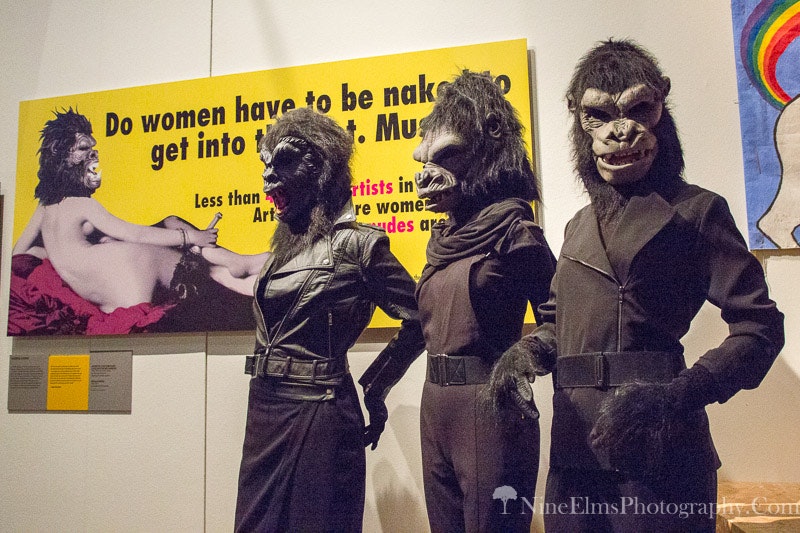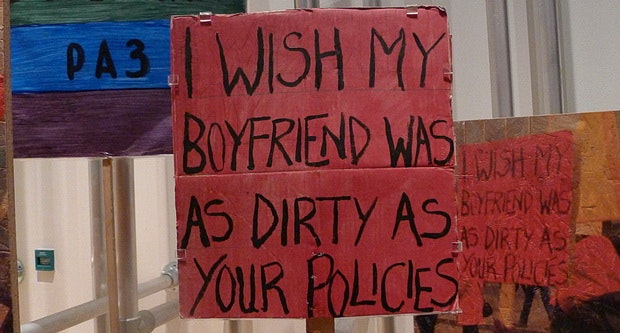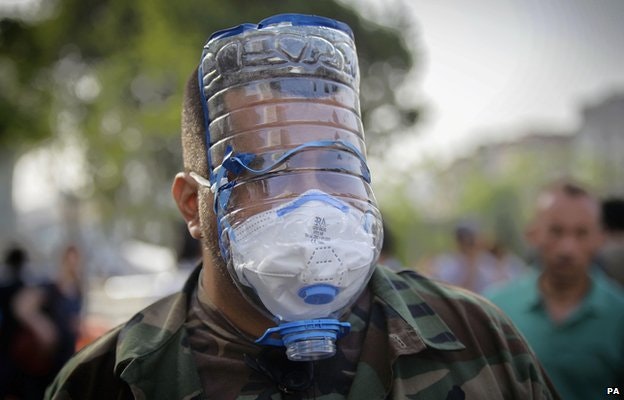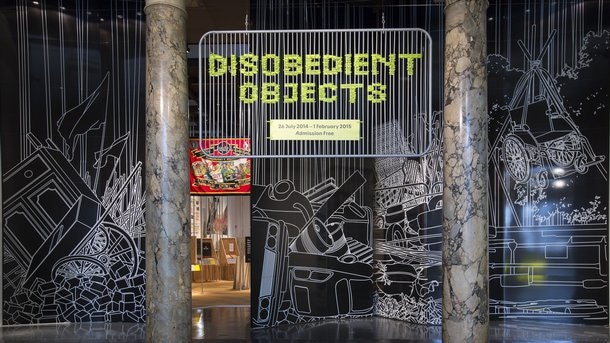Disobedient Objects: V&A
'From a Suffragette tea service to protest robots, this exhibition was the first to examine the powerful role of objects in movements for social change. It demonstrated how political activism drives a wealth of design ingenuity and collective creativity that defy standard definitions of art and design. Disobedient Objects focussed on the period from the late 1970s to now, a time that has brought new technologies and political challenges. On display were arts of rebellion from around the world that illuminate the role of making in grassroots movements for social change: finely woven banners; defaced currency; changing designs for barricades and blockades; political video games; an inflatable general assembly to facilitate consensus decision-making; experimental activist-bicycles; and textiles bearing witness to political murders.' V&A
This was an exhibition I actually happened on by accident, and yet the experience would go on to inform some of my own research and arts practise. I was not aware of this impact at the time and so viewed the exhibit very much at face value, with keen interest but not really the dedication of note taking and detailed exploration I now wish I had, given the later significance. I was however compelled and intrigued because this was an unusual exhibition of art and of real life, of imagination and reality, of politics and craft, hope and despair.
The theme of activism instantly drew me in because of personal links with art activists and I knew something of the background and yet the international scale of this was extensive. So too was the wide range of artefacts on show, from the crafty puppets of Bread & Butter Theatre to the more functional handmade plastic bottle gas-masks. There were objects as large as a brightly decorated car, right down to the smallest badge or sticker. This was a comprehensive collection of all objects used in the act of activism, practical, political, promotional and often artistic but all with a purpose. It was a purpose for art I realised I connected with and like to demand from my own work.
Art has the ability to make us engage with an issue because we are able to better relate to an image or act deeper than with written facts and figures. We are able to connect with a community through arts creation and also we might be entertained by its visual/musical/performative appeal. The 'power' of art was clearly demonstrated in this exhibition, which was visually engaging yet also in parts quite shocking:
- The lengths people go to, in their attempt to raise awareness and insight change.
- The issues people experience and those which insight action. From oppression on a mass scale of an entire community by its government, to the Gorrila Girls feminist slogan 'Do women have to be naked to get into the Met, Museum'
- The brutal objects, such as the arm clamps and gas masks
Yet for all the shocking content the reason art works within the heightened, passionate and volatile environment of protest, is its ability to focus energy towards the positive rather than the violent. Art activists are often looked on slightly more kindly, seemingly less threatening and seemingly more informed than the riot thug. Though of course the artist is by no means exempt from authorities,arrest and imprisonment, as seen most famously in the case of Pussy Riot. But it is true to say that the use of the arts helps explain an issue and give voice to the common person. It can rally a following through both its collaborative creation and presentation and its striking visual appeal and provocative actions draws media attention.
This exhibition largely featured objects made in the most part by the ordinary person rather than the professional artist, using found, everyday materials rather than expensive art supplies. This is art by everyone for everyone across cultures, countries, ages and from all walks of life. This is art of necessity and underlines the human need, want and ability to create!
